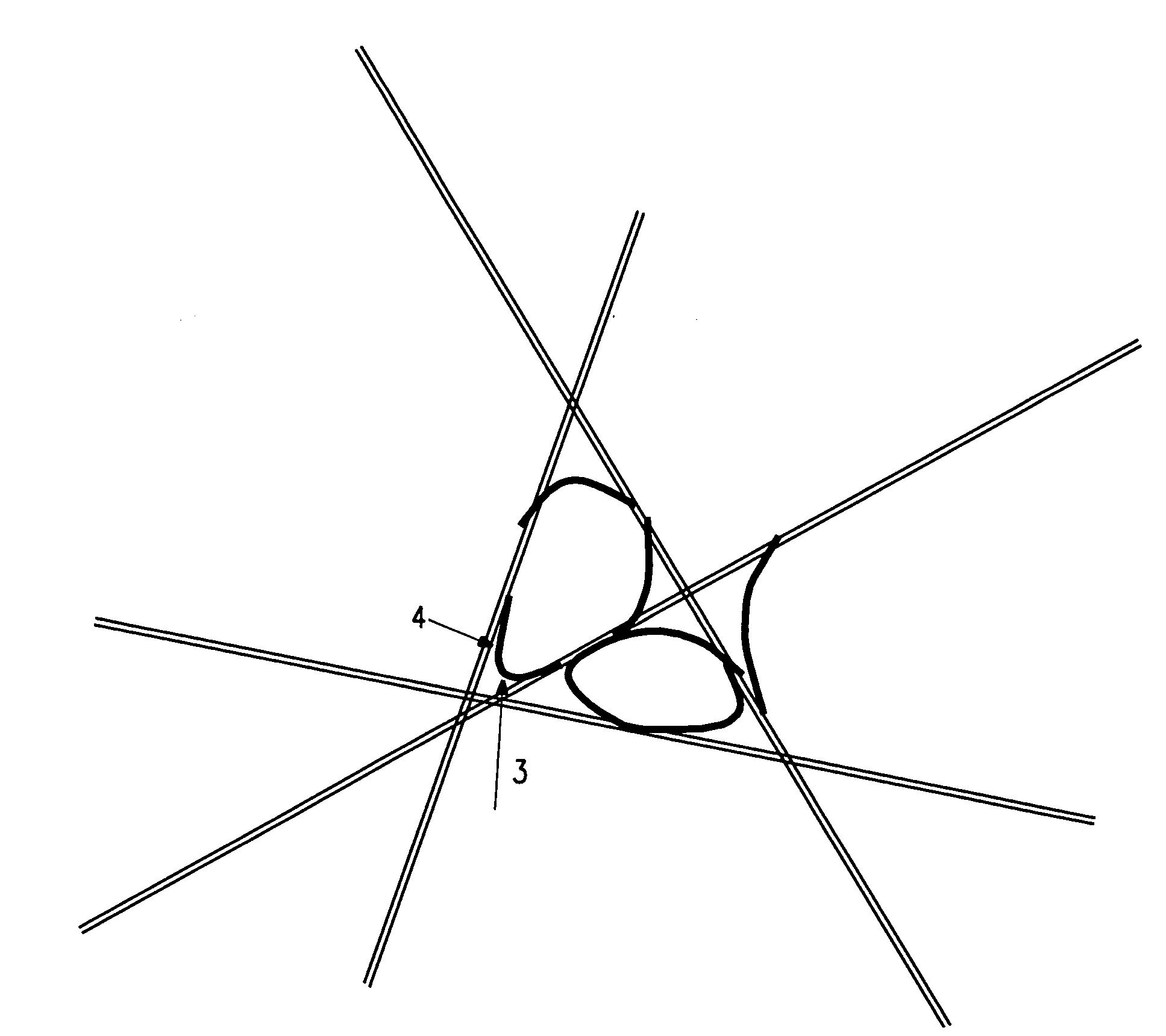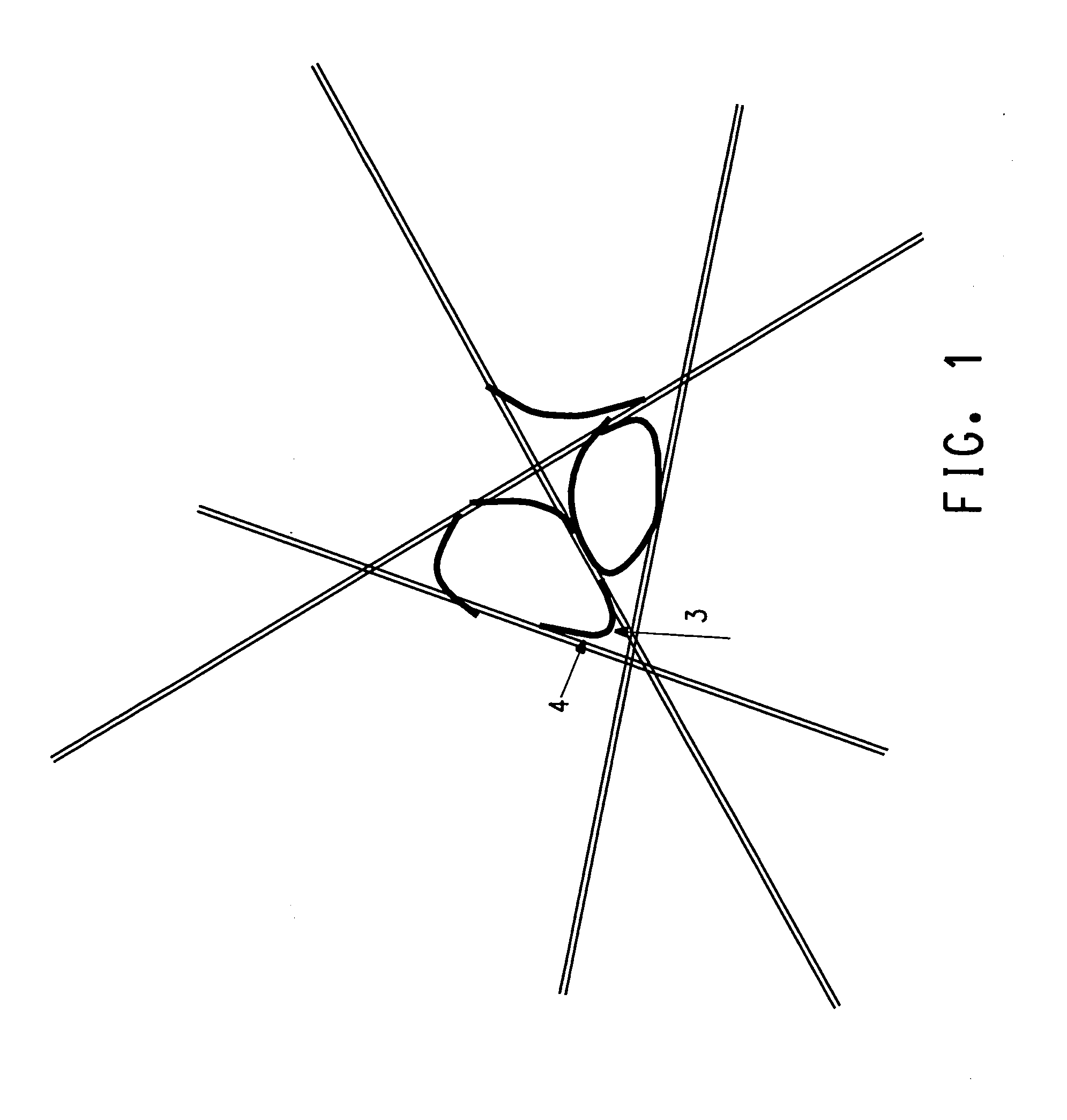Liquid water resistant and water vapor permeable garments
a liquid water resistant and water vapor-permeable technology, applied in the field of garments, can solve the problems of limited liquid penetration, spontaneous leakage, and inability to waterproof the garment, and achieve the effect of reducing the risk of leakag
- Summary
- Abstract
- Description
- Claims
- Application Information
AI Technical Summary
Benefits of technology
Problems solved by technology
Method used
Image
Examples
example 1
[0041]A nanofiber layer was produced and treated with Zonyl® 7040 in the same manner as described above with the exception of the addition of a melamine formaldehyde resin (Berset® 2003, available from Bercen, Inc., Cranston, R.I.) to the bath. The ratio of the Zonyl® 7040 to the melamine formaldehyde resin was approximately 3:1.
[0042]The treated nanofiber layer was placed in a test clamp and properties measured as in Comparative Example 1. The hydrohead, Frazier air permeability and MVTR of the nanofiber layer were measured and the measurements given in Table 1.
[0043]Two samples of the nanofiber layer were prepared and 3 contact angle measurements were made for each sample as in Comparative Example 1. The measurements are given in Table 1.
TABLE 1Avg. of 3Std. Dev. ofBasisFrazier AirContact AngleContactWeightMVTRPermeabilityHHMeasurementsAngleExample(g / m2)(g / m2 / day)(m3 / min / m2)(cmwc)(degrees)(degrees)C. Ex. 11320779.131851423.0(sample 1)C. Ex. 11380.6(sample 2)Ex. 11321047.562601471....
PUM
| Property | Measurement | Unit |
|---|---|---|
| Length | aaaaa | aaaaa |
| Speed | aaaaa | aaaaa |
| Nanoscale particle size | aaaaa | aaaaa |
Abstract
Description
Claims
Application Information
 Login to View More
Login to View More - R&D
- Intellectual Property
- Life Sciences
- Materials
- Tech Scout
- Unparalleled Data Quality
- Higher Quality Content
- 60% Fewer Hallucinations
Browse by: Latest US Patents, China's latest patents, Technical Efficacy Thesaurus, Application Domain, Technology Topic, Popular Technical Reports.
© 2025 PatSnap. All rights reserved.Legal|Privacy policy|Modern Slavery Act Transparency Statement|Sitemap|About US| Contact US: help@patsnap.com


